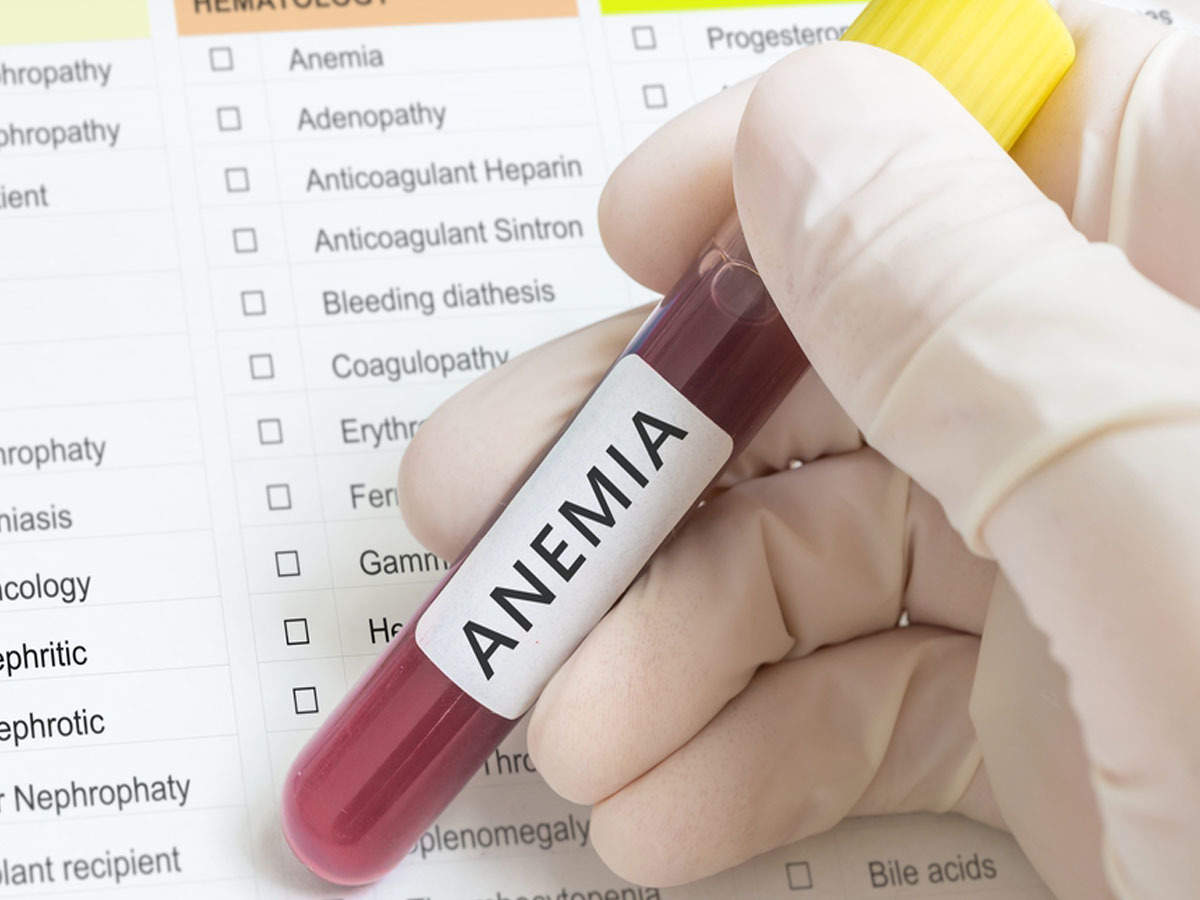Anemia is a condition in which the body doesn’t have enough healthy red blood cells to carry oxygen to the body’s tissues. This can result in a range of symptoms, including fatigue, weakness, shortness of breath, and pale skin. If left untreated, anemia can lead to more serious complications. In this article, we’ll explore the symptoms of anemia, as well as the various treatment options available.
Symptoms of anemia
The symptoms of anemia can range from mild to severe, depending on the underlying cause and the severity of the condition. Common symptoms include:
Fatigue: This is often the most common and noticeable symptom of anemia. People with anemia may feel tired, weak, or have a lack of energy, even after getting a full night’s sleep.
Shortness of breath: Anemia can cause shortness of breath, especially during physical activity. This is because the body’s tissues aren’t getting enough oxygen, which can lead to a feeling of breathlessness.
Pale skin: Anemia can cause the skin to appear pale or washed out, as the body doesn’t have enough red blood cells to give the skin a healthy, rosy color.
Rapid heartbeat: Anemia can cause the heart to work harder in an attempt to deliver oxygen to the body’s tissues, leading to a rapid or irregular heartbeat.
Dizziness or lightheadedness: Anemia can cause dizziness or lightheadedness, especially when standing up quickly or changing positions.
Cold hands and feet: Anemia can cause the hands and feet to feel cold, as the body isn’t getting enough oxygen to keep them warm.
Headaches: Anemia can cause headaches, especially in people who are prone to them.
Weakness: Anemia can cause feelings of weakness or general body fatigue.
Difficulty concentrating: Anemia can cause difficulty concentrating, as the brain isn’t getting enough oxygen.
Chest pain: In severe cases of anemia, chest pain can occur as the heart tries to pump more blood to compensate for the lack of oxygen.
Appetite loss: Anemia can cause a loss of appetite, as the body may not have enough energy to digest food.
If you experience any of these symptoms, it’s important to speak with a healthcare professional to determine the cause and receive proper treatment.
Treatment for anemia
The treatment for anemia depends on the underlying cause of the condition. Some common treatment options include:
Diet changes: Making changes to your diet can help increase your intake of iron, folic acid, and other nutrients that are important for healthy red blood cell production. This may include increasing your intake of iron-rich foods, such as red meat, poultry, fish, beans, and leafy green vegetables. Your healthcare professional may also recommend taking iron supplements or a multivitamin to help increase your nutrient intake.
Blood transfusions: In severe cases of anemia, a blood transfusion may be necessary to increase the number of red blood cells in the body. This involves receiving a transfusion of donated red blood cells, which can help improve oxygen delivery to the body’s tissues.
Medications: There are several medications that can help increase the production of red blood cells, including erythropoietin (EPO) and iron supplements. These medications can be taken orally or injected, and are usually prescribed by a healthcare professional.
Surgery: In some cases, anemia may be caused by a structural problem in the body, such as a bleeding ulcer or a tumor. In these cases, surgery may be necessary

 Home
Home Health
Health Diet & Nutrition
Diet & Nutrition Living Well
Living Well More
More












